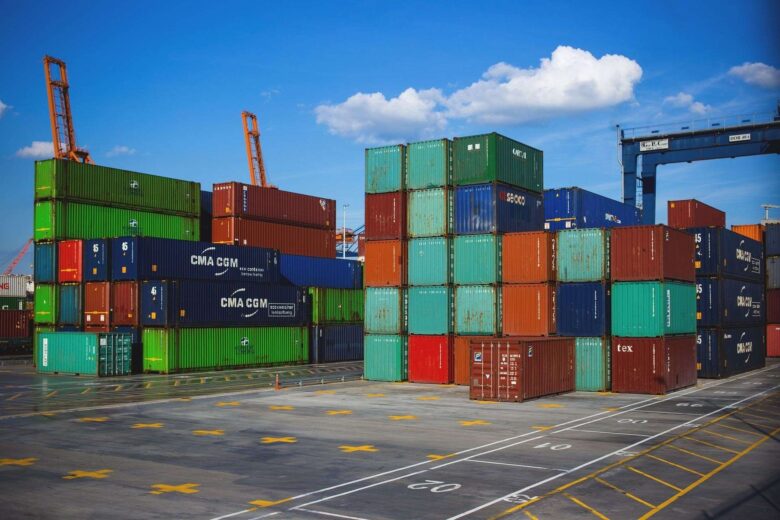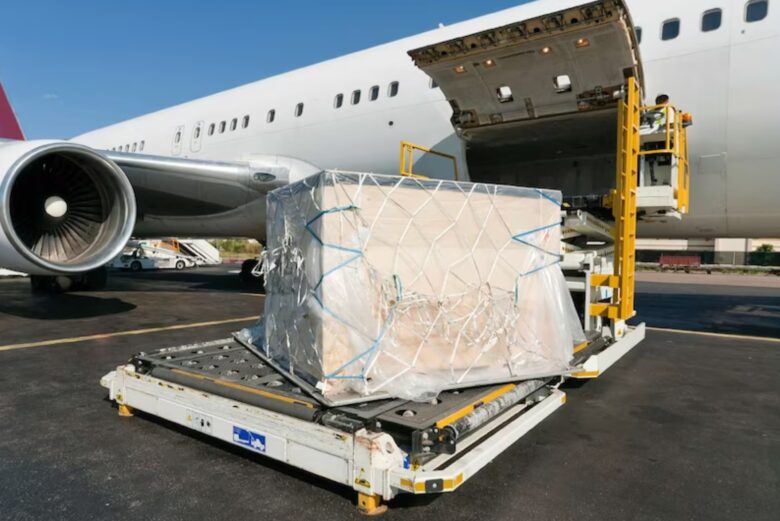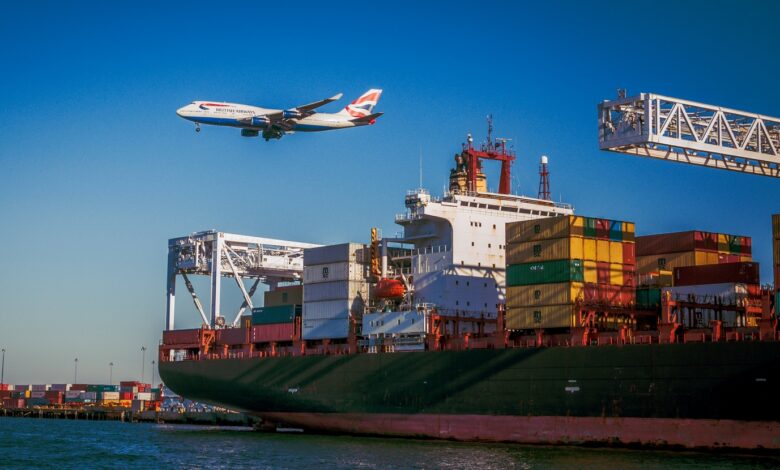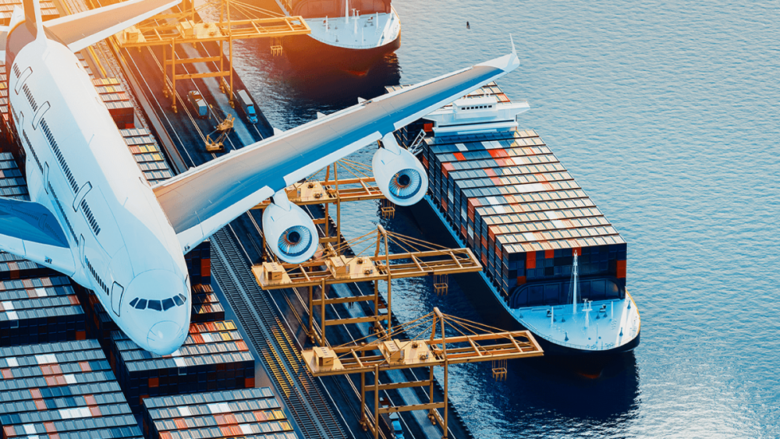Freight forwarding is a crucial link in the international trade and logistics. At its core, it’s a service that facilitates the smooth shipment of goods from the manufacturer to the destination, overcoming the complex global supply chains and various modes of transportation.
In global trade, there are two ways to transport goods: by air or sea, and the decision significantly affects many factors in supply chain operations. If you’re on the stump and having a hard time choosing between the two routes, then this guide can help you.
Contents
Understanding Your Cargo
Understanding the nature of the cargo is fundamental to making the right transportation choice. Factors such as fragility, size, and weight are important. Cargo-specific analysis ensures that the mode of transportation aligns seamlessly with the unique characteristics of the shipment.
For instance, delicate or high-value items may benefit from the speed of air freight, while bulkier goods may find cost-effective transportation through sea freight. Choosing between air and sea transport can make or break the successful delivery of time-sensitive products.

Source: suffolknews.co.uk
Speed vs. Cost: The Dilemma
Picking between air and sea freight is a significant decision for businesses, and it often comes down to a trade-off between speed and cost.
Air Freight – Quick but Pricey
Air freight is like choosing express shipping – it’s fast but more expensive. This is great for items that need to get somewhere in a hurry, like perishable goods or high-demand products. However, the speed comes with a higher price tag, and businesses need to decide if the urgency justifies the extra cost.
Sea Freight – Affordable for Bulk
Sea freight is the more cost-effective option, especially for larger shipments. It’s similar to picking standard shipping for big orders. It’s not as fast as air freight – more of a slow and steady approach – but it’s significantly cheaper. This is the go-to choice for businesses moving large quantities of goods that aren’t in a rush.
Balancing Speed and Budget
Businesses have to find a balance between needing speed and managing their budget. If something is really important or time-sensitive, air freight might be worth the extra cost. On the other hand, sea freight is the more economical choice for larger shipments where time isn’t critical.

Source: thoughtandfunction.com
Smart Logistics
The key is to be smart about it because not every shipment requires the speed of air freight. Some can take the slower but cheaper route of sea freight. Businesses need to figure out what works best for them, like choosing between express and standard shipping when you order online.
Sometimes, it’s worth paying more for speedy delivery, but other times, you’re happy to wait if it saves you money.
Reliability and Consistency
Reliability is the key to managing the supply chain well. Weather problems often affect sea freight, which is why plans are made to keep things going smoothly even when conditions aren’t expected.
On the other hand, air freight is less affected by outside factors, which means that supply chain processes are less likely to be interrupted. Businesses that want to improve their logistics must first understand how dependability affects supply chain management as a whole.
Cost Breakdown and Hidden Fees
Efficient cost management is pivotal for businesses engaged in international trade. Here’s to break down the possible air and sea freight costs, along with some practical tips.
1. Air Freight Costs

Source: abc.net.au
- Freight Charges: Cover the actual transportation of goods.
- Fuel Surcharges: Account for the volatile nature of fuel prices.
- Security Charges: Additional fees related to security measures imposed on air cargo.
- Handling Fees: Charges for the loading and unloading of cargo at airports.
Practical Tips
- Negotiate with carriers for competitive rates.
- Explore consolidating shipments for optimal cost efficiency.
- Understand security and handling fees to anticipate and manage additional costs.
2. Sea Freight Costs

Source: globitexworld.com
- Terminal Handling Charges: Incurred for loading and unloading goods at ports.
- Demurrage: Penalty for exceeding the agreed-upon time for loading or unloading.
- Documentation Fees: Charges related to the processing of shipping documents.
- Container Detention Fees: Levied for the extended use of shipping containers.
Practical Tips
- Plan efficient loading and unloading schedules to manage terminal handling charges and demurrage.
- Scrutinize documentation and container detention fees, negotiating terms to avoid unnecessary costs.
3. Optimizing Expenses

Source: infraon.io
Air Freight
- Leverage economies of scale by consolidating shipments.
- Utilize real-time tracking technology to prevent disruptions and associated costs.
- Explore opportunities for bulk shipments to benefit from volume discounts.
Sea Freight
- Plan shipments meticulously to avoid unnecessary delays and penalties.
- Explore groupage opportunities to optimize container space and reduce costs.
- Invest in efficient container management systems to mitigate container detention fees.
Understanding the specifics of air and sea freight costs is essential. By incorporating practical tips for cost optimization, businesses can achieve financial efficiency in their international trade endeavors.
Technology and Tracking
Recent technological advancements have revolutionized tracking in both air and sea freight, significantly improving logistics efficiency. Here’s how the two types utilize tech and tracking.
Source: dcii-hawkrisk.co.za
Air Freight GPS Tracking
Air freight now employs GPS tracking, offering real-time location updates for enhanced cargo visibility. This innovation ensures constant monitoring of shipments at every stage, enabling businesses to make informed decisions promptly.
Sea Freight IoT Applications
Sea freight utilizes Internet of Things (IoT) applications for container tracking, allowing continuous monitoring of containers during transit. This real-time data contributes to improved logistics efficiency and enables businesses to stay ahead of potential issues.
Flexibility in Scheduling
Scheduling considerations are crucial in ensuring the timely and efficient movement of goods. Regular scheduling patterns in sea freight provide predictability, allowing businesses to plan effectively.
On the other hand, air freight’s on-demand and flexible nature caters to businesses with urgent delivery requirements, offering adaptability to dynamic operational needs. Aligning scheduling considerations with unique needs is necessary for businesses to balance operational efficiency with timeline expectations.

Source: easyhaul.com
Choose the Best for Your Needs
As you navigate this decision-making process, recognize that the chosen route is both logistical and strategic. International trade is ever-evolving, and the decision between air and sea freight guides businesses through the complex global commerce.
Regardless of the chosen path, businesses should view it as an opportunity for optimization. Essentially, it’s not about dictating one path over the other but emphasizing the importance of a well-informed decision. If you’re looking for seamless global shipping, trust Sydney Freight Forwarding to handle your cargo with efficiency and care.
